Canada Wildfire Season: Is climate change making it worse? Preventative tips
The Canada wildfire season is becoming longer and more severe. Each summer, hot temperatures, dry conditions, and strong winds create the perfect environment for wildfires to spread rapidly, often lasting weeks or even months. Understanding the key factors behind Canada’s wildfires is essential for building stronger protection and safer communities.
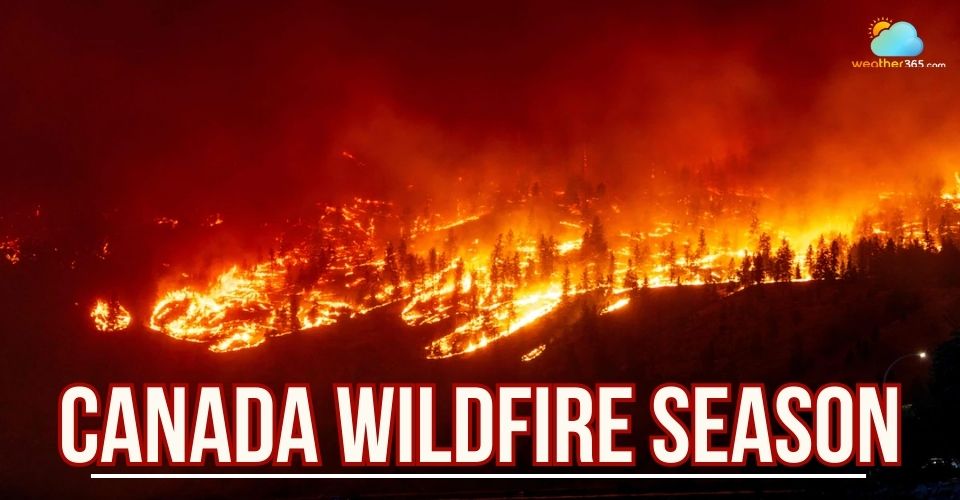
Understand Canada Wildfire Season
When is the Canada wildfire season?
The Canada wildfire season now stretches longer than ever, typically running from April to October, with peak activity in July and August.
In the past, most destructive fires occurred from late spring to midsummer.
However, climate change has extended the season. Hotter, drier conditions trigger earlier fire starts, sometimes as early as February in provinces like Alberta and Quebec.
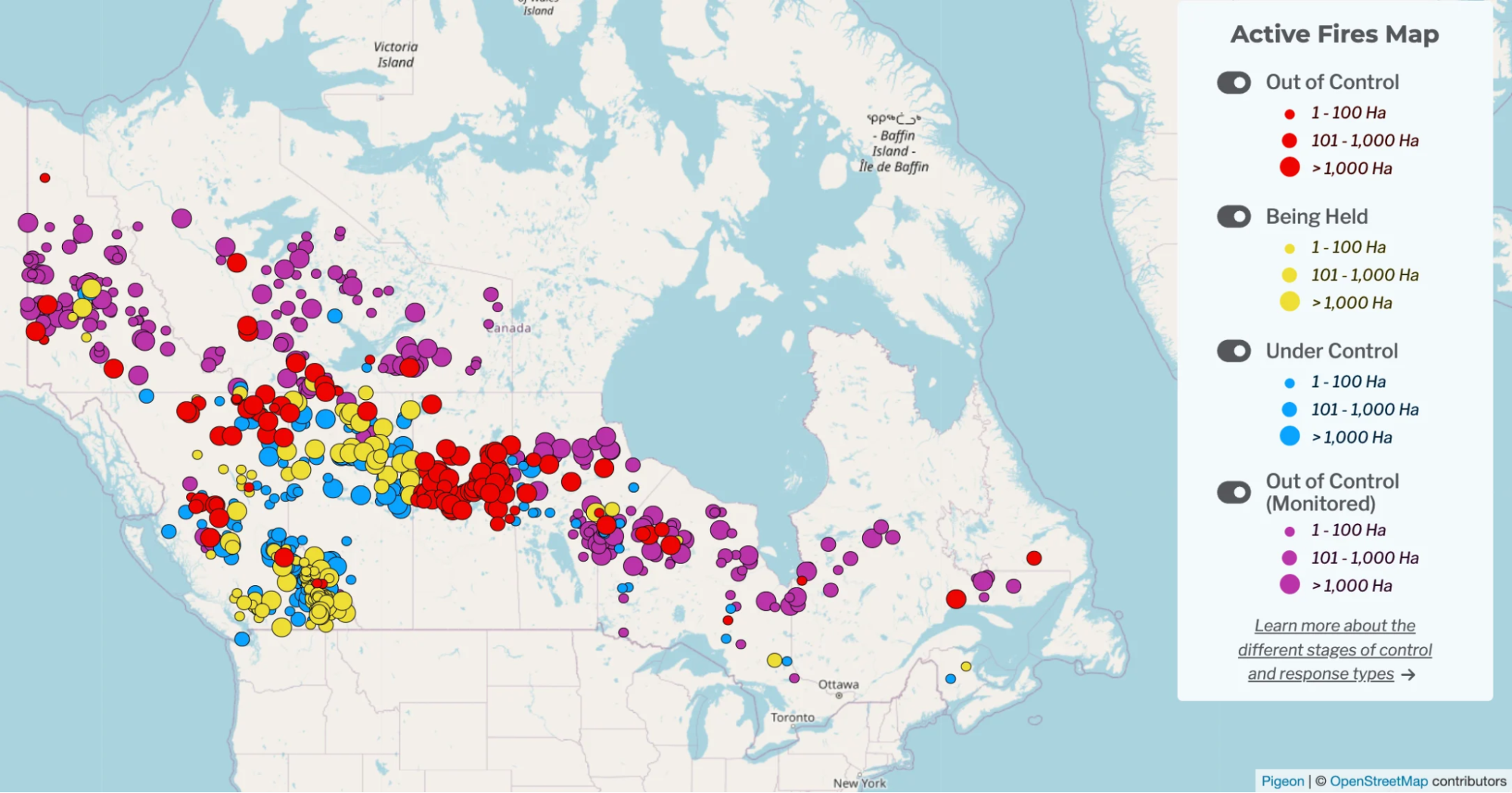
Active wildfires map in Canada on 8/29/2024
Wildfire risk spans across British Columbia, Alberta, Saskatchewan, Manitoba, Ontario, Quebec, and the northern territories.
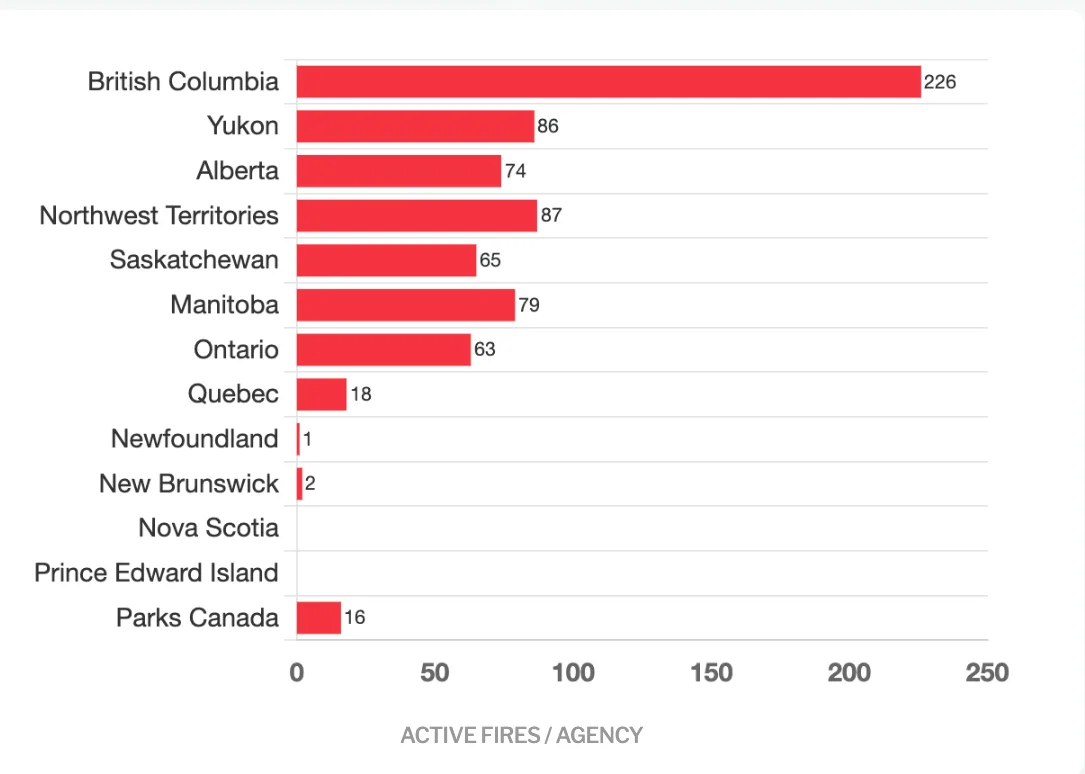
Number of active wildfires broken down by province ( in 2024)
In recent years, Canada has faced record-breaking fire activity, with vast areas burned, mass evacuations, and firefighting efforts stretched into the fall.
This growing intensity highlights the urgent need for stronger prevention and preparedness strategies nationwide.
Which factors contribute to wildfires in Canada?
Gordon McBean, a geography and environment professor at Western University, said that 2 common sources of wildfires in Canada: lightning and human beings.
According to a 2023 report from Canada’s natural resource department, lightning accounted for 93% of the total burned area, while only 7% was caused by human activity.
Lightning
Paul Kovacs, executive director of the Institute for Catastrophic Loss Reduction at Western University, said that when a large storm passes Canada, it could trigger multiple lightning strikes across regions, igniting several fires at once.
A major example of a lightning-caused wildfire in Canada is the 2016 Fort McMurray Fire in Alberta, also known as “The Beast.” Sparked by a lightning strike in early May, the fire quickly spread through dry boreal forest and was fueled by hot, windy weather. It forced the evacuation of more than 88,000 people, destroyed over 2,400 homes and buildings, and burned nearly 590,000 hectares of land.
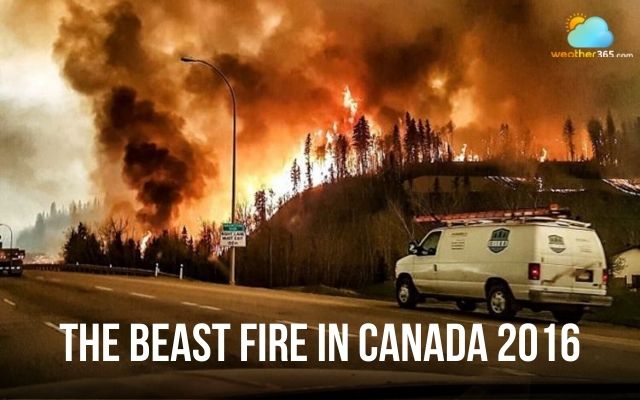
The Beast Fire in Canada in 2016
Beyond these direct causes, climate change and rising temperatures are making Canada’s vast and dry landscapes, especially in the northwest. As a result, the region is more vulnerable to fire outbreaks.
As heat and drought conditions intensify, the likelihood of frequent and severe wildfires continues to grow.
Human beings
Unlike lightning-caused fires, which often occur in remote areas, human-caused wildfires typically start near communities, highways, or recreational sites.
Common triggers include unattended campfires, discarded cigarettes, sparks from vehicles or equipment, fireworks, and deliberate arson.
Human-caused wildfires happen more frequently and are especially dangerous because they usually ignite close to populated regions, putting lives, property, and infrastructure at immediate risk.
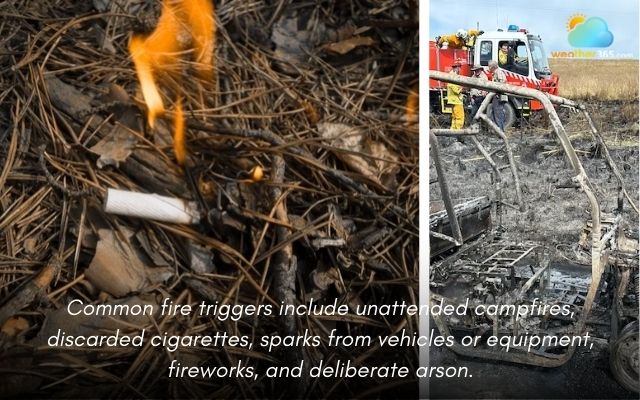
Human factors contributing to wildfires in Canada
Climate change makes wildfire season worse
While wildfires are a natural part of Canada’s ecosystems, helping forests regenerate and maintain biodiversity, their impact has grown far more destructive in recent years due to climate change.
Rising global temperatures are driving hotter, drier, and windier summers, with more erratic rainfall patterns and reduced summer precipitation in some regions.
As a result, wildfire seasons in Canada are starting earlier, lasting longer, and becoming harder to contain, with some “zombie fires” even smouldering underground through winter months.
The scale of recent fire activity highlights this shift.
In 2023, the total area burned was more than six times the historical average, and extreme fire weather was more than twice as likely in Eastern Canada due to climate change. Lightning, which becomes more frequent as the climate warms, was responsible for 93% of the area burned, while human activity caused the remaining 7%.
With elevated fire risk across the country, any ignition source (natural or human) can now spark blazes that spread rapidly and spiral out of control.
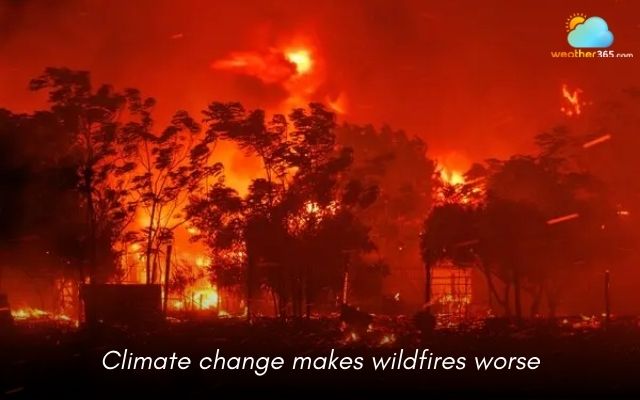
Climate change makes wildfires in Canada worse
Wildfires are damaging our health and well-being
The smoke from wildfires can travel thousands of kilometres, disrupting daily life with school closures, transportation delays, and serious health threats to millions of people.
Children, seniors, and individuals with heart or lung conditions are especially vulnerable.
Hot-burning wildfires release high levels of fine particulate matter, which has been linked to heart disease, lung cancer, cardiovascular issues, and even brain cancer.
The health and economic costs are staggering.
In June 2023, a single week of wildfire smoke was estimated to have cost Ontario over $1.2 billion in premature deaths, hospital visits, and other health emergencies.

Wildfire smoke leads to many health problems
Beyond physical illness, wildfire smoke leaves long-term mental health impacts.
Survivors often face post-traumatic stress disorder, depression, anxiety, and other challenges after losing homes, communities, and livelihoods.
These combined effects make wildfire smoke one of the most damaging consequences of Canada’s worsening fire seasons.
How can we prevent wildfire?
Preventing wildfires is one of the most effective ways to protect lives, communities, and ecosystems from devastating losses.
While some fires are natural, many of the largest and most destructive ones are caused by human activity and can be avoided with proper awareness and action.
Follow the simple steps below to reduce wildfire risks:
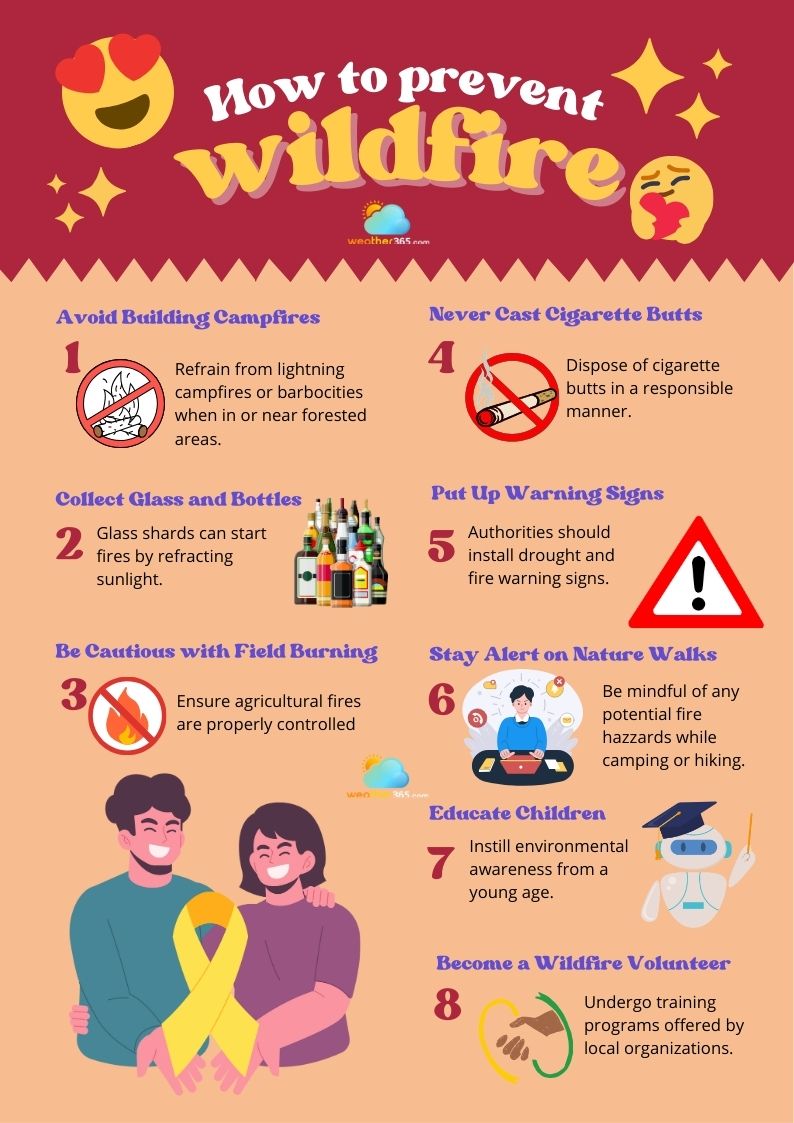
How to prevent wildfires
Conclusion
Due to climate change, human activity, and natural factors like lightning, the Canada wildfire season has grown longer, more intense, and increasingly destructive. With record-breaking fires in recent years, the impacts on communities, ecosystems, and public health are becoming more severe. Strengthening wildfire prevention strategies, improving emergency response, and addressing climate change are essential to protecting Canada’s forests and future generations.

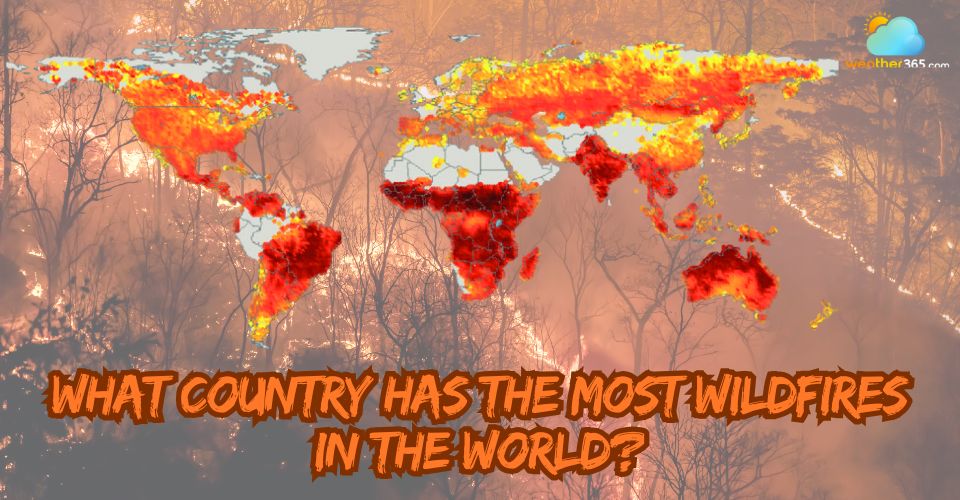
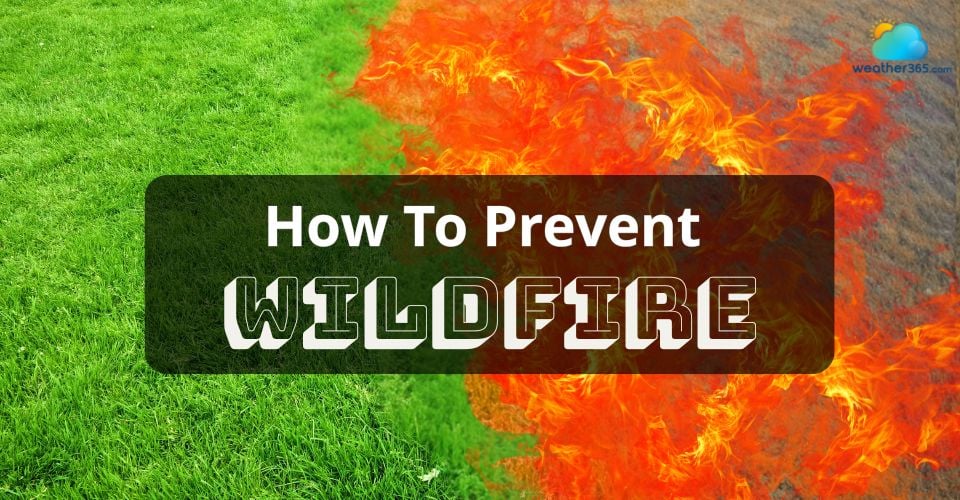
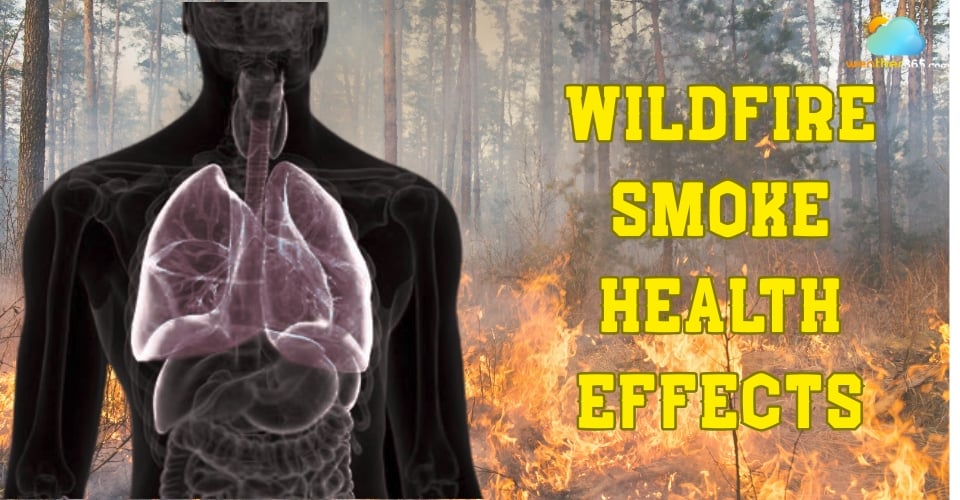
0 Comment
Leave a comment
Your email address will not be published. Required fields are marked *